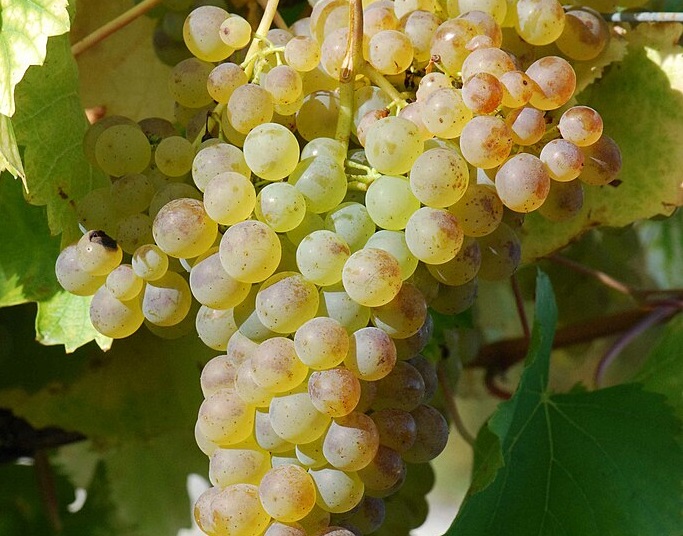Colombard Flavors
Lime, Peach and Grapefruit are typical Colombard Blanc flavors.
Lime |
Apple |
Peach |
Melon |
About Colombard
Colombard is a typical blending grape.
It is often found in blends from Bordeaux, California, Australia, and South Africa.
In France it also used for distilling into Brandy (Cognac and Armanac).
Colombard was born in Charentes, the home of Cognac.
In USA the grape is most often called French Colombard.
Colombard in Cognac
In Cognac, Colombard is one of the 3 grapes used to distill Brandy:
- Ugni Blanc
- Folle Blanche
- Colombard
Columbard in Bordeaux
In Bordeaux (France), Colombard is one of the grapes allowed in Bordeaux Blanc.
- Sémillon
- Sauvignon Blanc.
- Muscadelle
- Sauvignon Gris
- Ugni blanc
- Colombard
- Merlot Blanc
- Ondenc
- Mauzac
- Alvarinho
- Petit Manseng
- Liliorila
Columbard in California
In Central Valley in California USA, the grape thrives in the dry climate where it is used to produce fruity blends and sigle grape wines.
Columbard in South Africa
In South Africa, Colombard is used to produce semi-dry white wines.
Columbard in Australia
In Australia, Columbard is used in blends with Sauvignon Blanc and Chenin Blanc.
Columbard in Gascogne
In Gascogne (France), Colombard is destilled into Brandy (Armagnac). It is also one of the grapes allowed in the appellation Côtes de Gascogne. Gascogne grows more Colombard than any other region in France.
